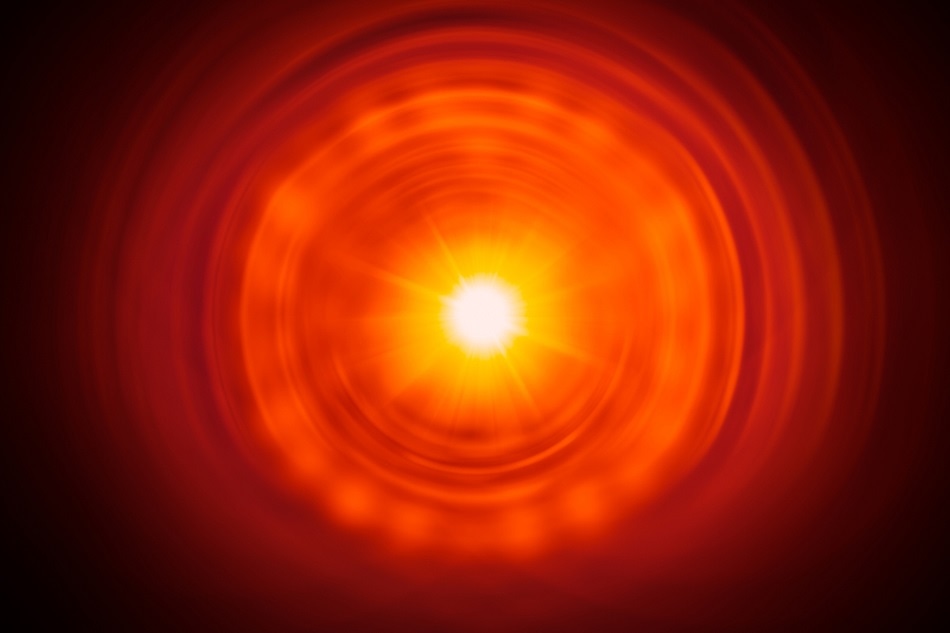Oct 16 2017
As part of a multi-disciplinary effort, Researchers from Ghent University (Belgium), Delft University of Technology (The Netherlands), VU Amsterdam (The Netherlands) and IEMN (France) have proved that defects in HgTe Quantum Dots (QDs) can be used for amplifying near infrared light.
 Quality Stock Arts/ Shutterstock.com
Quality Stock Arts/ Shutterstock.com
Common knowledge accepts the fact that defects in optical materials lead to poor properties. However, the Researchers studied that the surface of HgTe QDs can be engineered in order to hold defect states that exhibit optical gain by stimulated emission.
Albert Einstein initially predicted stimulated emission and it is now extensively used in, for example, superresolution microscopes and lasers.
Defect levels in HgTe QDs stand out because they need only a continuous, minimal input power in order to amplify infrared light. Such low input powers are commonly used for developing extremely efficient amplifiers and lasers for optical data-communication.
Furthermore, following the results presented by the Authors, even incident sunlight will supply sufficient power in order to drive light amplification by HgTe QDs. This makes room for the prospect of leveraging stimulated emission and light amplification by QDs for solar energy conversion.
The Authors make use of quantum chemistry simulations in order to identify the defect levels at work, such that the process can be further extended to other materials in the future.